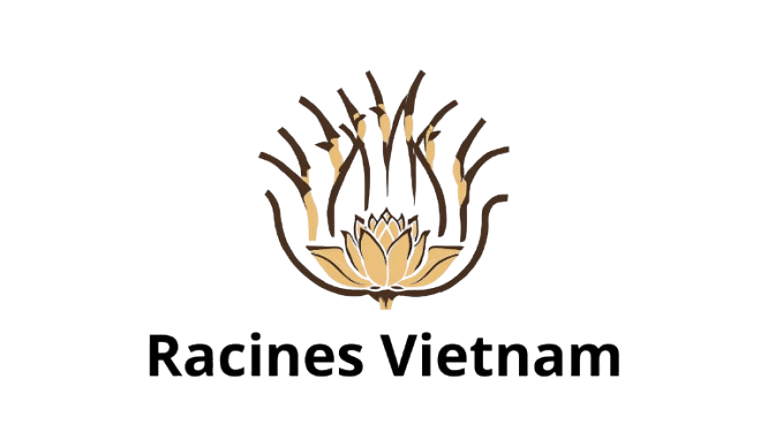“A blog created by an adopted Franco-Vietnamese for all those seeking to reconnect with their origins.”
Vietnamese Rites of Passage 2025: Birth to Death Rituals
Discover Vietnam’s sacred rites of passage from birth to death in 2025. Traditions, rituals, and cultural meaning across generations.
5/24/20253 min read
Vietnamese Rites of Passage in 2025: From Birth to Burial and Beyond
Introduction: A Life Structured by Sacred Rites
In Vietnam, the journey from birth to death is shaped by profound rites of passage. These ceremonies—whether joyful or mournful—carry generations of spiritual tradition. In 2025, funeral services, mourning customs, and commemorations evolve but retain their symbolic depth.
Whether in a rural cemetery, a city crematory, or a digital memorial-service, every Vietnamese ritual seeks to honor the soul, guide it to its resting-place, and unite the loved-ones in remembrance.
Welcoming Life: Vietnamese Birth Ceremonies
Đầy Tháng and Thôi Nôi: The First Rites
Vietnamese children are formally welcomed through Đầy Tháng (one-month ceremony) and Thôi Nôi (first birthday), involving offerings to ancestors and symbolic gestures. These early rites establish the connection between the living and the deceased person, acknowledging spiritual lineage from the start.
Union and Heritage: The Ritual of Marriage
Marriage in Vietnam is more than a legal bond—it's a spiritual and social unification. Offerings, ancestor worship, and priest or elder blessings make it a sacred passage. Though distinct from funeral rites, the sense of continuity with generations echoes similar ceremonial reverence.
After the Death: Vietnamese Funeral Traditions in 2025
Funeral Planning and Immediate Steps
Planning a funeral begins shortly after the death. The immediate family contacts a funeral director or mortuary to coordinate:
Corpse cleansing and embalming
Choice of coffin or casket
Location for visitation and funeral services
Preparation of obituaries and announcements
Respect for the deceased person is expressed through careful detail and culturally appropriate rites.
Funeral Ceremonies and Funeral Procession
A Vietnamese funeral ceremony may take place at home, in a chapel, or at a temple. The atmosphere is solemn and sacred:
Incense rituals, food offerings, and candle lighting
Hymns and prayers, often recited by monks or a priest
A eulogy delivered by family or friends
The funeral procession includes a hearse, banners, and mourners following the casket
In the funeral, mourning attire is typically white. The bereaved express grief with both visible symbols and structured rituals.
Burial or Cremation: The Final Disposition
Vietnamese families choose between burial and cremation, guided by religion, tradition, and practicality.
Burial
To be buried, the corpse is taken to a cemetery or ancestral plot. The burial service includes:
Final prayers and condolences
The interment of the coffin in the grave
Offerings and a blessing at the graveside
Burial is especially common in rural communities and among elder generations.
Cremation
In urban Vietnam, cremations are increasingly common due to lack of space. At the crematory, the dead body is respectfully burned, sometimes on a pyre (rare), and the ashes are collected in an urn.
The urn may be:
Placed at a mausoleum
Buried at a resting-place
Kept in a family home altar for daily offerings
Each method holds deep funerary meaning, and the choice is often discussed during funeral planning.
After the Funeral: Mourning and Remembrance
Honoring the Deceased
After the funeral, bereavement continues through specific acts of mourning:
Daily incense for the departed
Offering meals and lighting candles
Organizing a memorial-service like the Giỗ (death anniversary)
Family members and friends mourn collectively, keeping the spirit of the decedent alive through tradition.
Modern Vietnamese Funerals: Trends in 2025
Evolving Rituals, Enduring Respect
While traditions remain central, Vietnamese funeral rites now reflect modern choices:
Families in cities rely on funeral directors for full service logistics
Eco-conscious burials and minimalist ceremonies gain popularity
Online memorial-services and hybrid rituals reach across borders
Some opt for secular ceremonies that still retain core symbols and respect
Whether for burial or for a funeral, the celebration of life remains a collective and sacred act in Vietnamese society.
Conclusion: Ritual, Remembrance, and Cultural Continuity
In Vietnam, rites of passage connect individuals to ancestors, family, and the spirit world. From the first birthday to the final interment, each funeral ceremony is a moment of remembrance, identity, and deep cultural expression.
In 2025, while methods shift—from mausoleums to crematories, from visitation halls to online tributes—the essence of Vietnamese funerals remains: to mourn, to honor, and to ensure the resting soul is never forgotten.
FAQ – Vietnamese Funeral and Burial Practices
What are the stages in a Vietnamese funeral?
Funeral planning, visitation, funeral rites, funeral procession, and final burial or cremation.
What is done after the death of a loved one?
The corpse is prepared, obituaries are written, and the funeral services are arranged through a funeral director or mortuary.
What does a burial service include?
The interment of the coffin, prayers at the graveside, and offerings at the cemetery or family plot.
How are cremated remains handled in Vietnam?
The ashes are placed in an urn, often kept at a home altar, buried, or placed in a mausoleum.
What is a memorial-service in Vietnamese culture?
A memorial-service like the Giỗ honors the deceased person annually with offerings, prayer, and remembrance.
Main Menu:
Explorations:
Resources & Immersive Content
Community & Support
Legal & Languages
Contact & Social Networks
✉️ contact@racinesvietnam.com
📱 Instagram | Facebook | YouTube
©️ Copyright
© 2025 RacinesVietnam.com — Tous droits réservés
Site indépendant, créé sans code, hébergé par Hostinger
